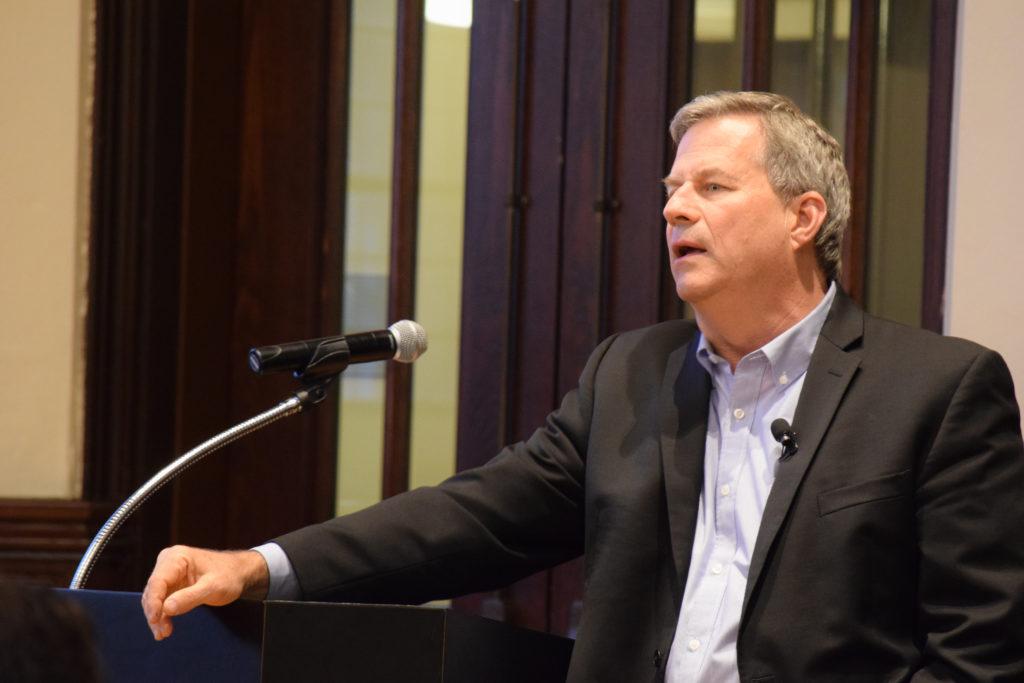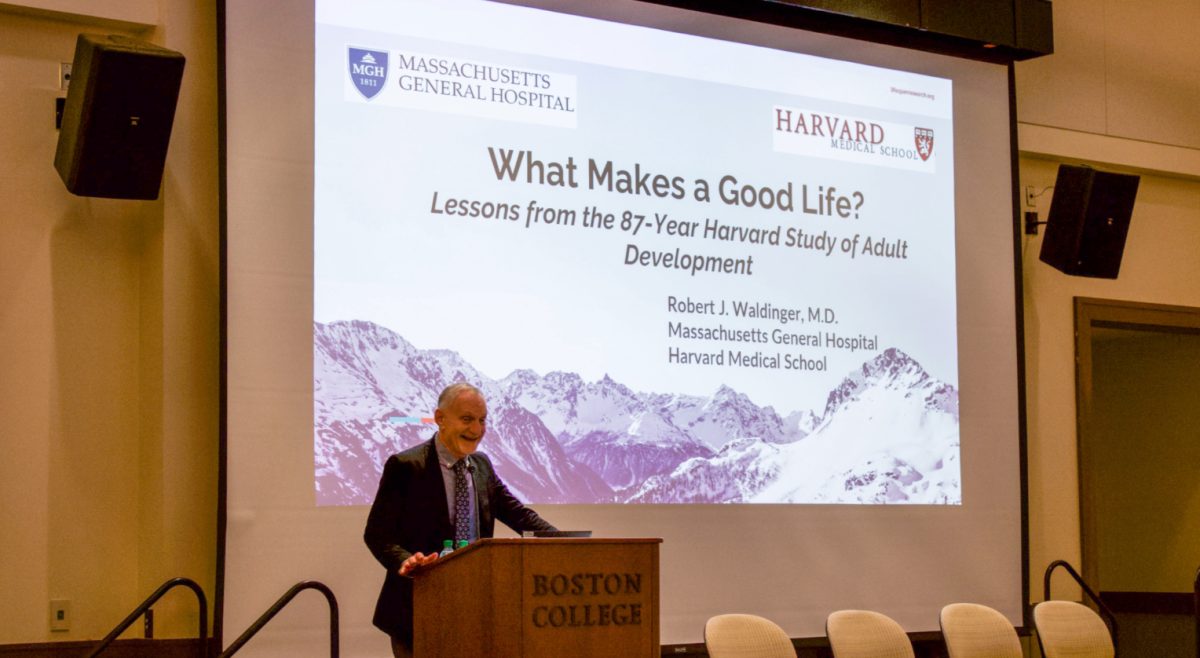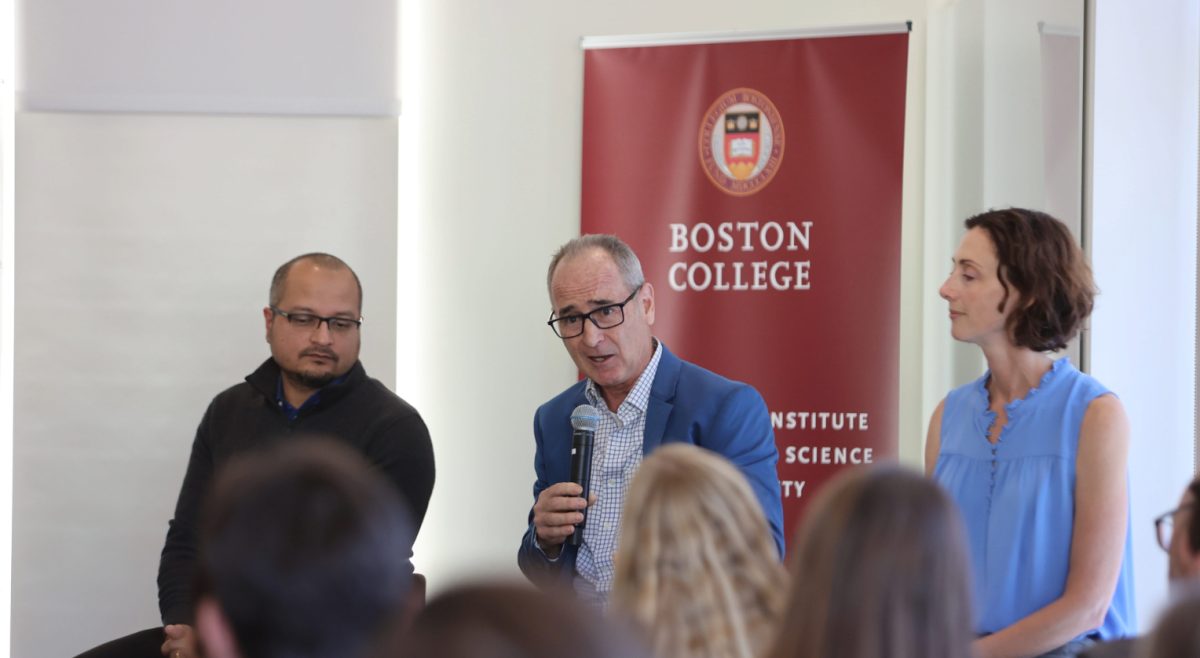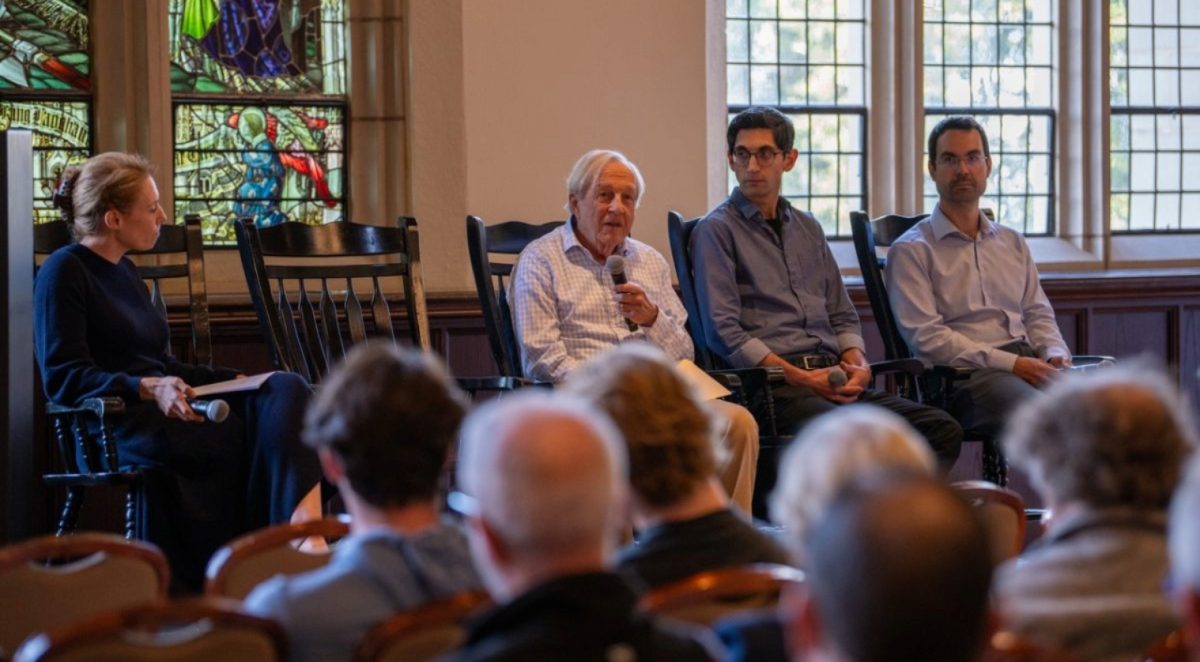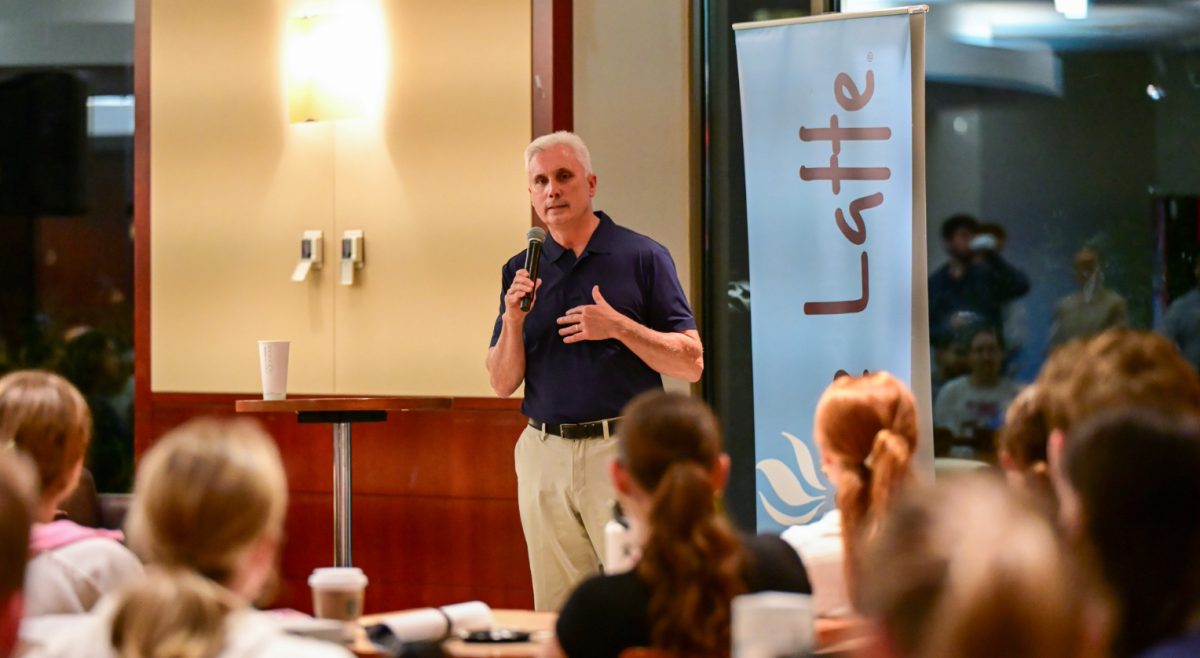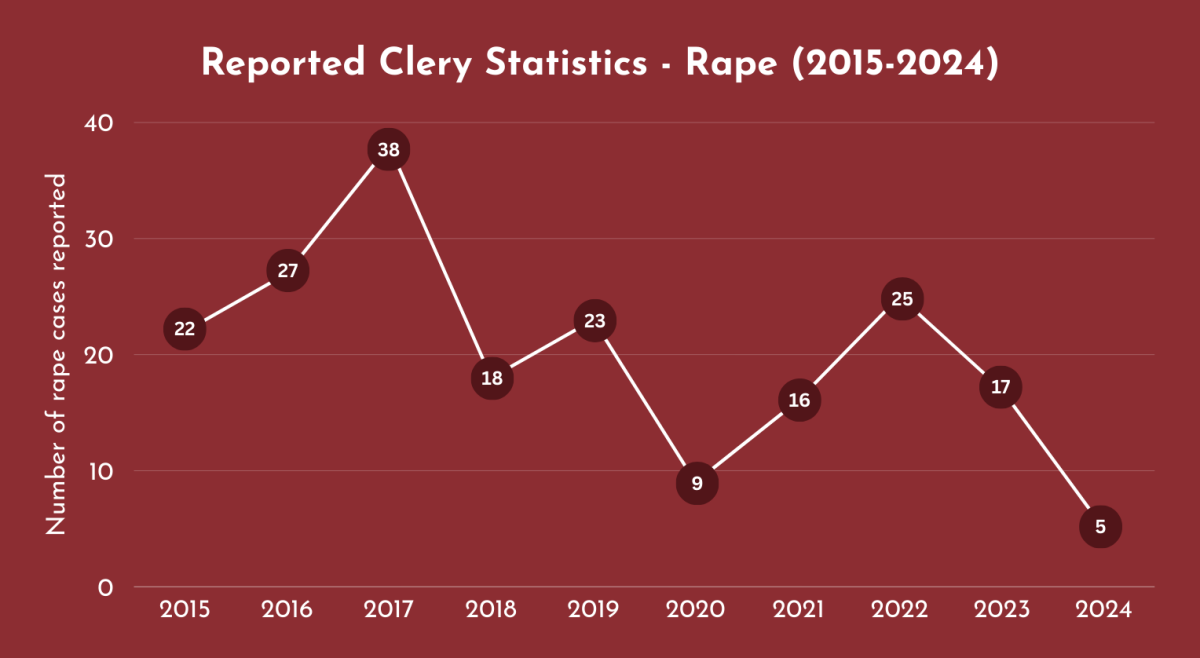Sam Quinones, former Los Angeles Times reporter and author, discussed America’s opiate epidemic on Wednesday evening as part of the Lowell Humanities Series. He spoke about Mexican drug trafficking and the recent push toward treating pain with narcotics, citing both as reasons for the increased use of heroin in the United States.
Quinones began his talk by discussing his own interest in the heroin epidemic, which sparked from an accidental discovery he made in his research on drug trafficking. After spending ten years as a freelance writer in Mexico while writing his first two books, Quinones returned to the United States to work for the Los Angeles Times. His research focused primarily on drug trafficking across the US-Mexico border. He came across an article about overdoses in West Virginia from black tar heroin, a type of the drug previously found on the West Coast alone. He was able to trace all of the dealers in the area to one small town in Mexico.
From this finding, Quinones discussed how he was able to understand why heroin would come from such an isolated place. When a few families moved from their town in Mexico to California, they found that dealing heroin was much more profitable than any other unskilled job. More and more people began to move to the United States and join the business, which spread across the country. Family members and neighbors begin competing against each other, forcing some to consider selling elsewhere in the country.
“They do what a capitalist enterprise does when it faces declining profitability due to competition,” Quinones said. “They expand.”
As the use of heroin became increasingly popular in states such as Ohio, West Virginia, and Kentucky, most of America still denied its existence. According to Quinones, many Americans believed that the heroin issue was isolated to only a few addicts, and that it would remain that way.
At the same time, healthcare became more focused on the treatment of pain. After the Cold War, Quinones believes, Americans began to think that they were in an epidemic of pain that needed to be solved quickly.
“We believed we were entitled to a life free of pain, because we were Americans,” Quiniones said. “We believed we deserved this.”
Quinones cited this belief as catalyzing a revolution in pain management in the 1990s. New, young pain specialists joined the conversation on the treatment of pain, believing that doctors’ reluctance to prescribe narcotics was harming patients. These young specialists were eventually joined by the pharmaceutical industry, which hired thousands of pharmaceutical reps to push opiates on doctors.
“Increasingly, doctors were left with one tool to treat patients: narcotics,” Quinones said.
He connected America’s widespread opiate prescription and use to “Dreamland,” an outdoor complex he visited in Portsmouth, Ohio. The complex was the center of the town for decades, fostering a sense of community across multiple generations, but it was shut down in 1993. The town of Portsmouth, though lacking a space for the community to gather, is now slowly rebuilding itself by revitalizing its main street with a small outdoor cafe.
Quinones emphasized that, like the people of Dreamland, a search for easy, quick answers for the opiate epidemic will not produce sufficient results. Americans’ feeling of isolation and meaninglessness, he said, forces them to turn to ways to numb the pain, like heroin.
“Heroin is a final expression of values we have fostered for 35 years in this country,” Quinones said. “Heroin could be one of the most positive forces for change because it pushes us to recognize our own isolation from each other.”
He concluded his talk by examining how addicts should be given treatment in the future. He stressed that local organizations have been most effective at treating addicts by creating programs that naturally arise from the needs of affected people.
“There’s really no one solution, but there are many smaller solutions,” Quinones said. “It’s time we stop believing that there’s an easy way out.”

